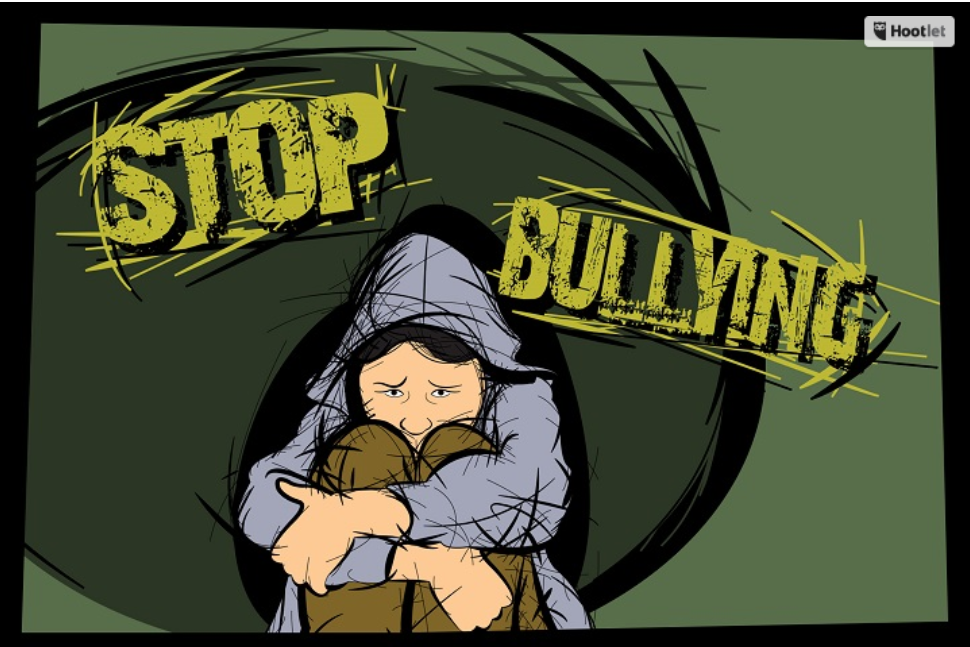Six Ways to Fund the Change We Need
We always hear from conservatives that they don’t see how we can possibly afford universal health care, let alone the Green New Deal. Thus, as a public service, I’m listing five ways (among dozens if not hundreds) we can locate the funds. This is not even pretending to be comprehensive (or in any sort of order), and I’d love you to add your favorite in the comments.
- Eliminate the private for-profit insurance system, which jacks up the price. According to The New Republic (2015), this is costing us between $375 billion and $471 billion per year. The savings in getting rid of the middlemen would more than cover the increase in taxes.
- Cap doctors’ salaries at something reasonable and generous. I’ll pull a figure out of the air: 200K per year for generalists, 300K for specialists—but it could be higher or lower.
- Eliminate the crazy subsidies and price protections in so many industries, and particularly fossil and nuclear fuel, Big Pharma, highways and bridges to nowhere, and chemiculture-based Big Ag. We are subsidizing all sorts of things that should not be subsidized! Our policies should support the changes we want society to make (but right now, our policies interfere with those changes.
- Cut the military budget down to the expenditure of China (the country second on the list). Right now, the US is spending an obscene $649 billion per year (2016) to “defend” 329,345,285 people (more than the next seven countries combined). Yet China manages to protect 1,420,615,635 people, more than 4.3 times the US figure, with military spending of just $146 billion (2016), or less than a quarter overall, less than a sixteenth per capita. So if the US slashed military spending by 75 percent to match China’s, it would still be spending more than four times per person than China does. Surely that would be enough to protect ourselves!
- Increase the tax rates for multimillionaires and for multinational megacorporations. Under Eisenhower, the top marginal tax rate was 91 percent; now it’s less than half, just 37 percent. Meanwhile some of the most successful corporations pay zero income tax even while decimating local economies built on mom-and-pop retailers; In 2018, Amazon managed to double its profits from $5.6 billion in 2017 to $11.2 billion, and paid zero income tax both years. Lets end socialism for the rich.
- Do a Marshall Plan-style investment program to convert the entire nation to safe, clean, renewable energy; the upfront cost will be quickly amortized by energy savings AND healthcare savings, since we’ll be eliminating major causes of asthma, emphysema, etc. Plus, the cost of converting to solar, wind, etc. will drop way down, as economies of scale kick in. Even without a big government investment in converting the whole economy, solar and wind prices are now often compatible with or even better than fossil or nuclear power sources.
So next time you meet someone who wonders how to pay for the world we want, this article gives part of the recipe. Readers, please add your own favorite ways to find the money for these improvements, and please include a source for your data.










